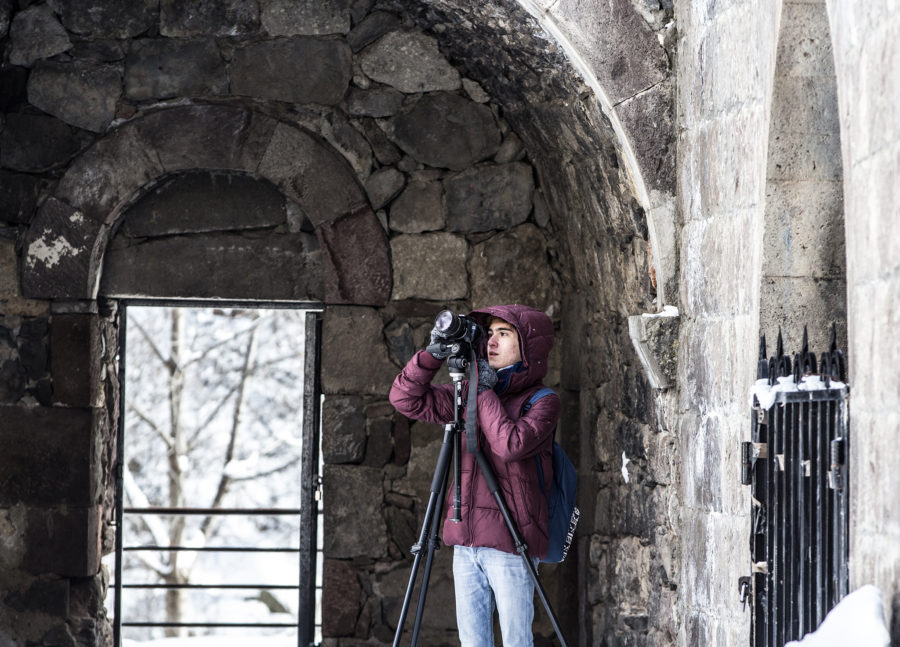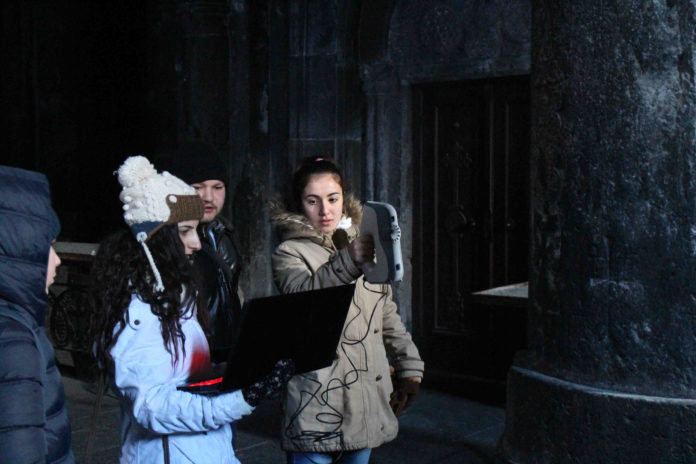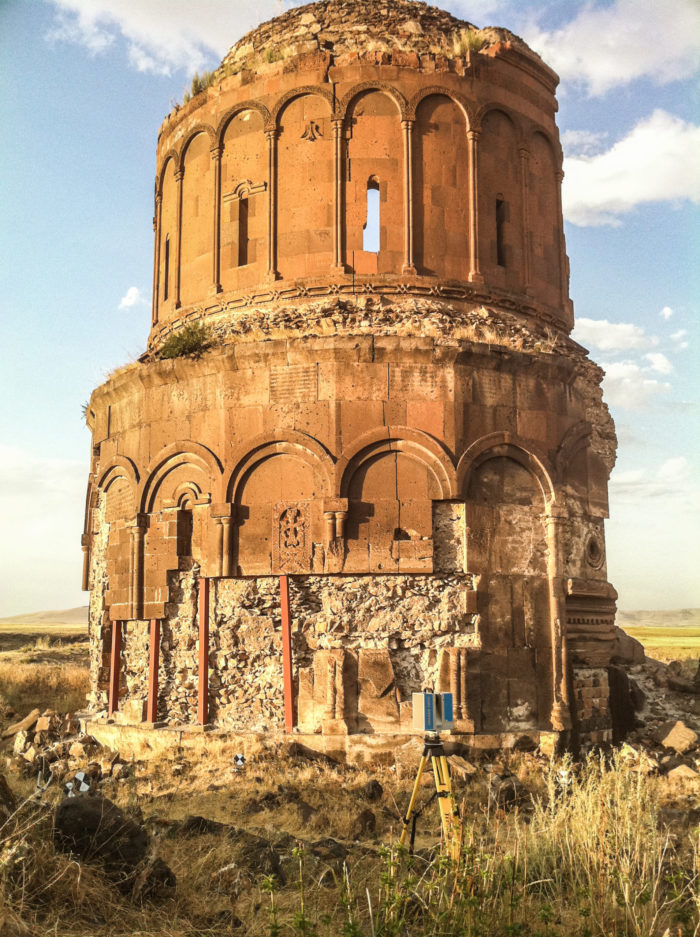By Isabelle Kapoian
Special to the Mirror-Spectator
Amidst the COVID-19 pandemic, accessible online models of Armenian cultural sites can transport Armenians to the Motherland from the safety of their homes. These 3-D models are available online via CyArk, a nonprofit organization committed to “digitally record, archive and share the world’s most significant cultural heritage and ensure that these places continue to inspire wonder and curiosity for decades to come.” The global breadth of their digital database has been used to educate on a multitude of histories and cultures, document the existence of threatened monuments, inform on-the-ground preservation work of ancient sites, and tell the stories of the people who still use them today.
CyArk has worked with the My Armenia Program at the Smithsonian Institution for their “Armenia: Creating Home Folklife Festival” in 2018, the United States Agency for International Development, the Ministry of Culture for the Armenian government, and trained many Armenian students from the TUMO Center for Creative Technologies in Armenia to document sites such as the Geghard Monastery, churches in Ani, the Areni-1 cave complex, and the Noravank Monastery.
I had the opportunity to sit down with Kacey Hadick, CyArk’s Director of Project Development over Zoom to discuss the increasing salience of cultural heritage sites which have been digitally documented and are publicly accessible online during this time.
He emphasized that it was the passionate and hard-working TUMO students — the bright fruits of Armenia — who documented the different sites, problem-solved to technologically accommodate their varied environments, and acted as dedicated translators and mediators between the CyArk team and the local Armenian priests and archaeologists.










